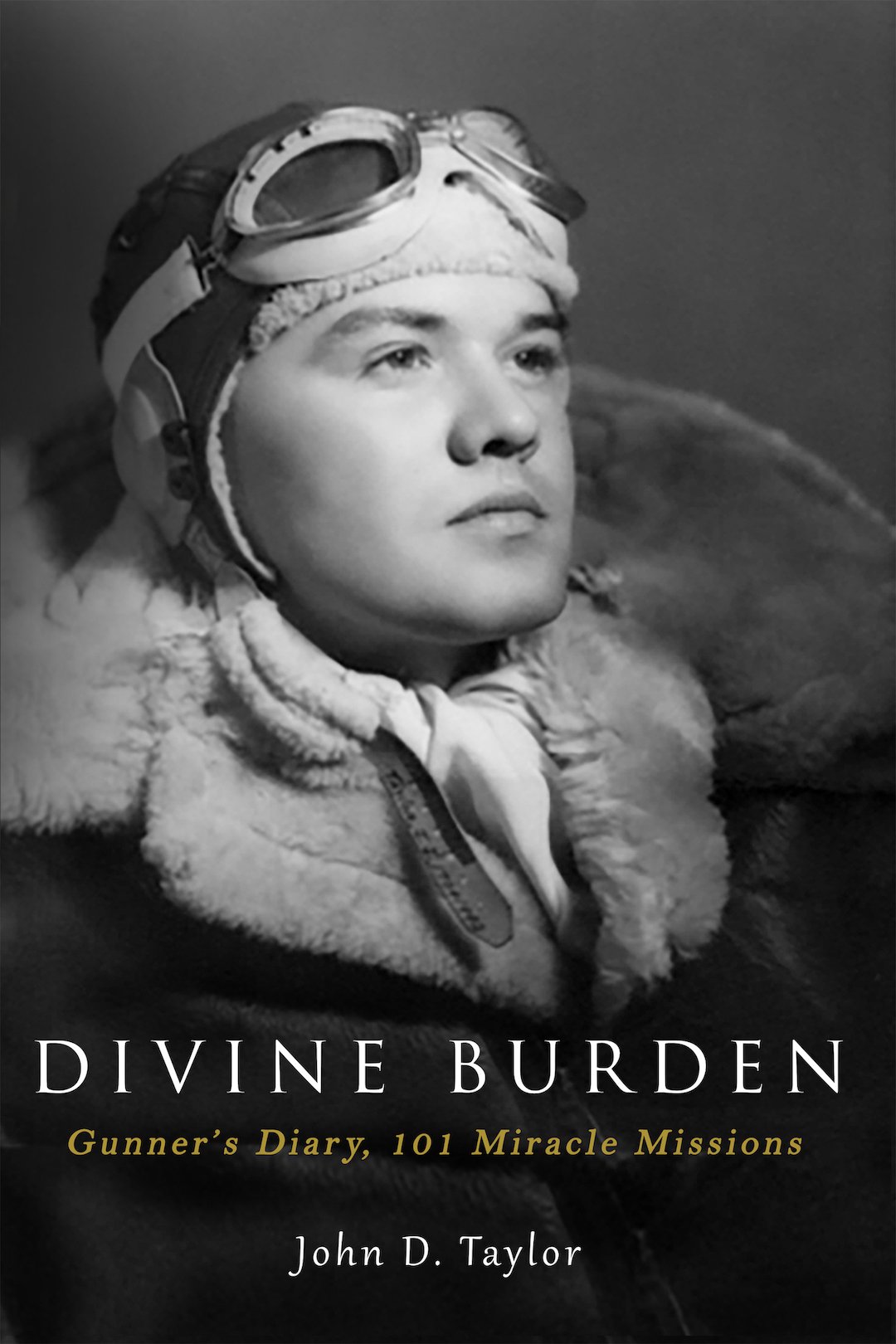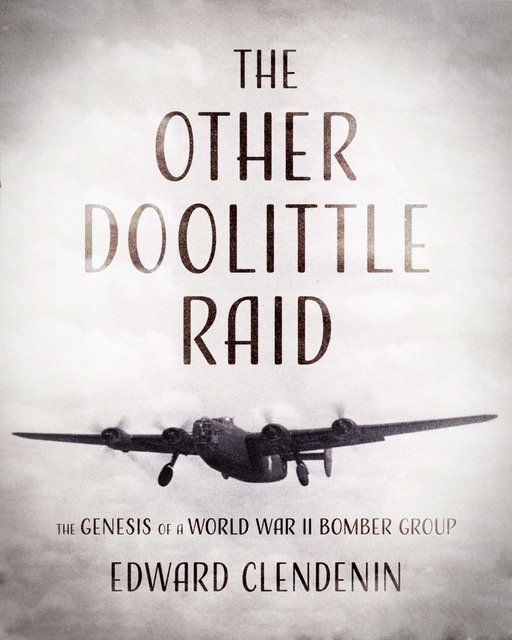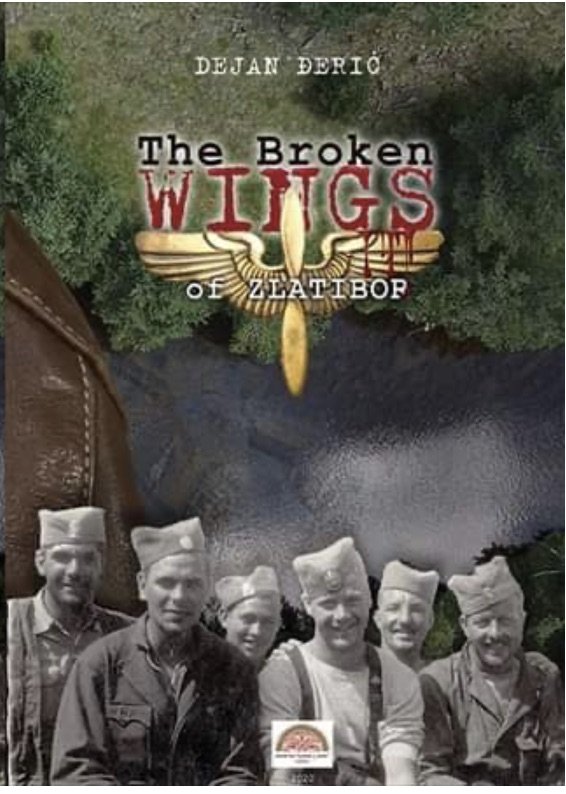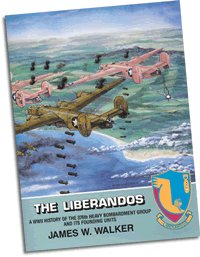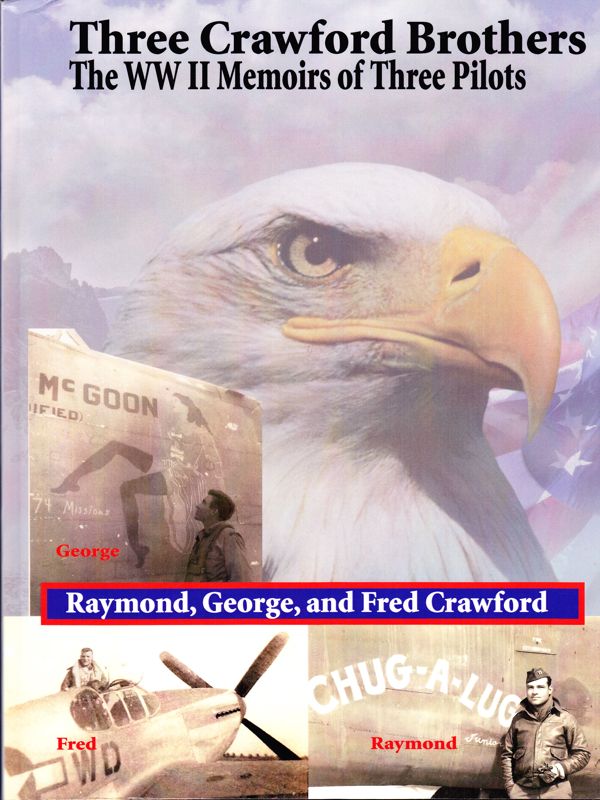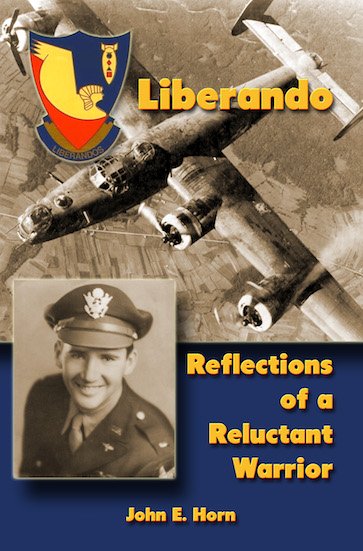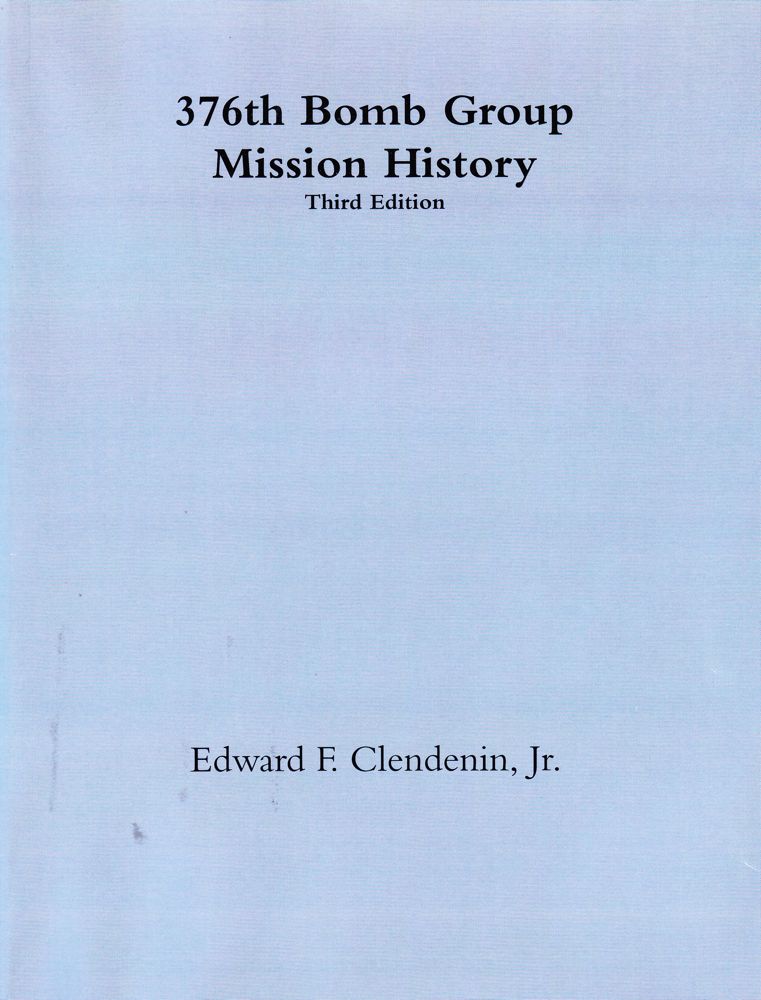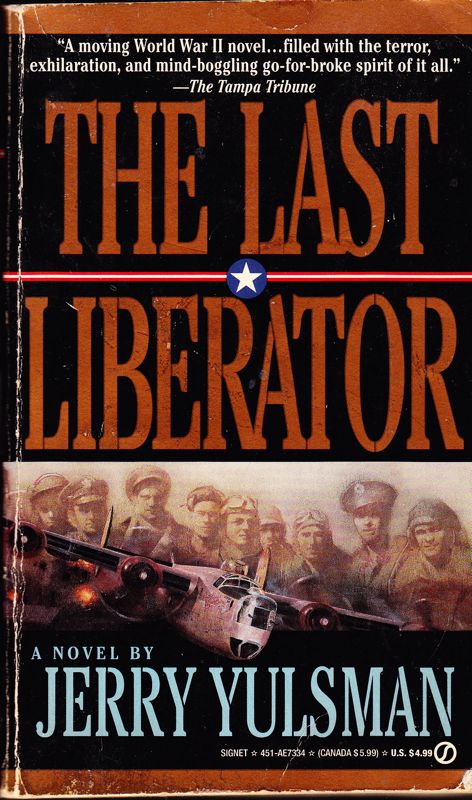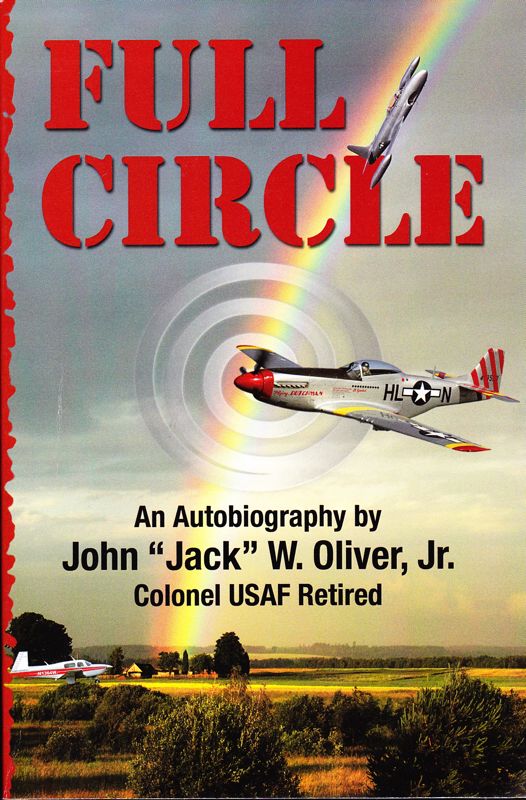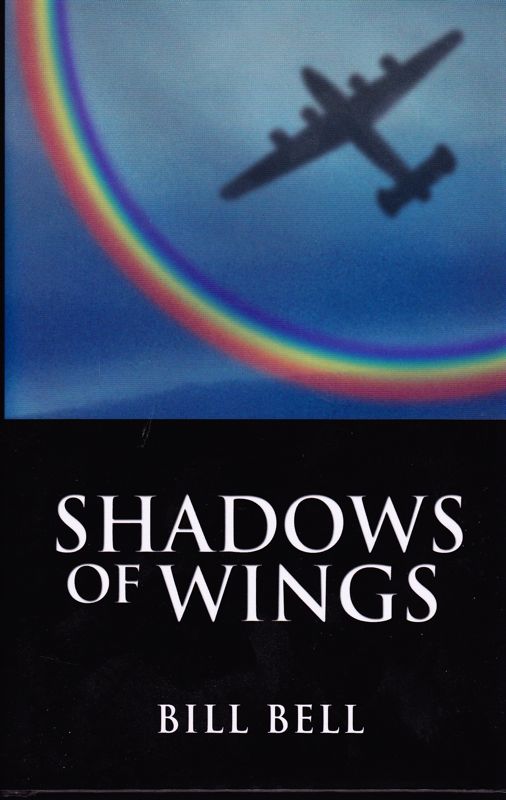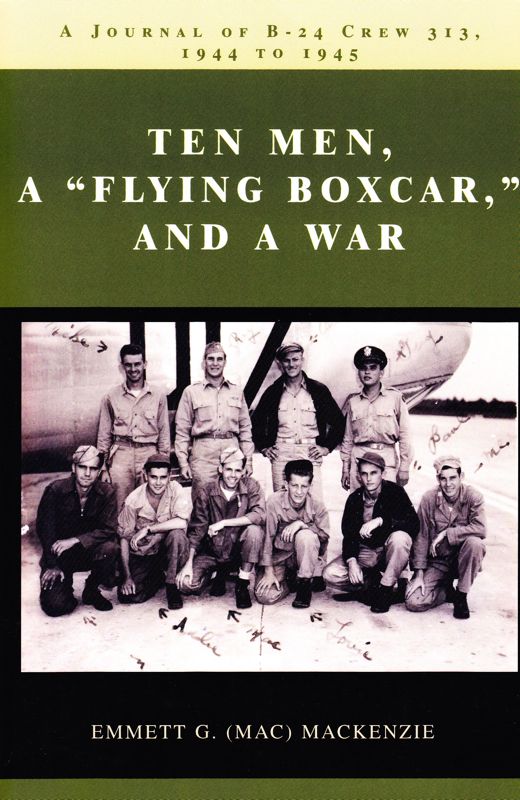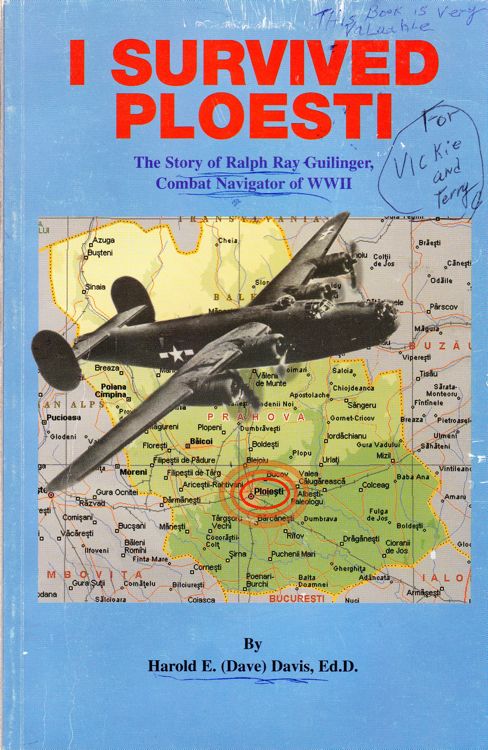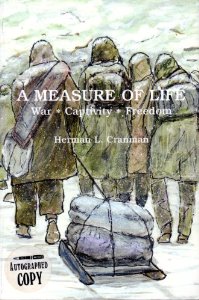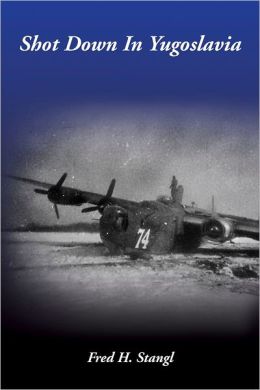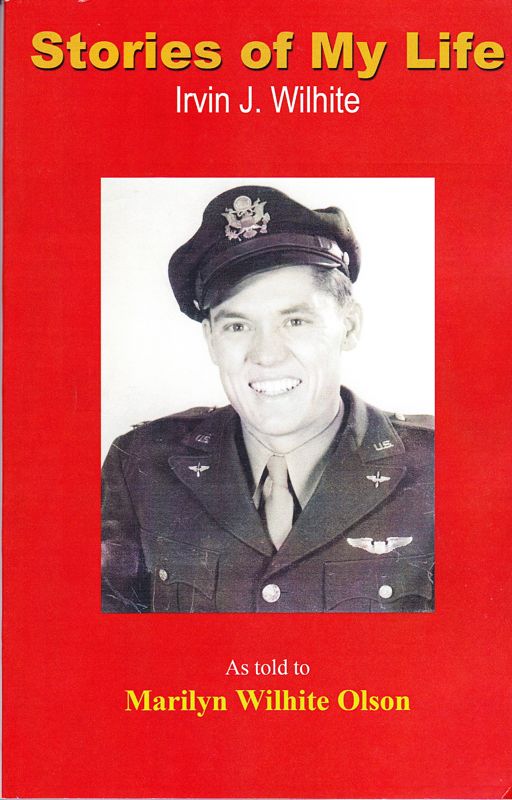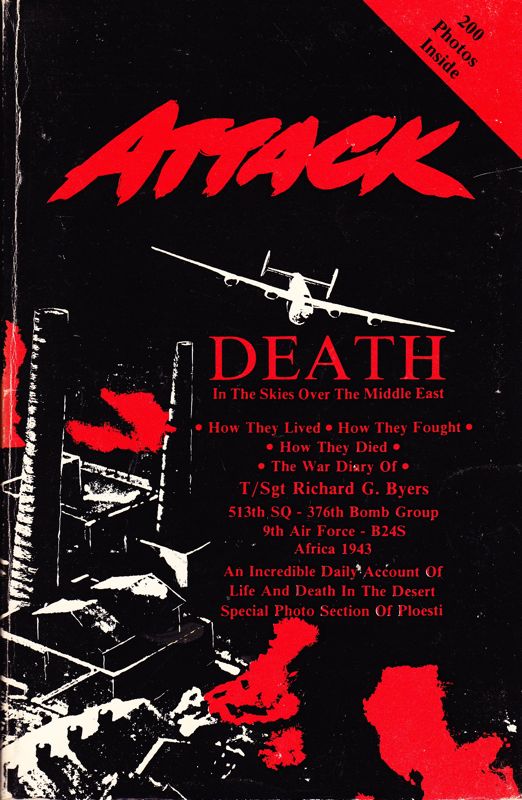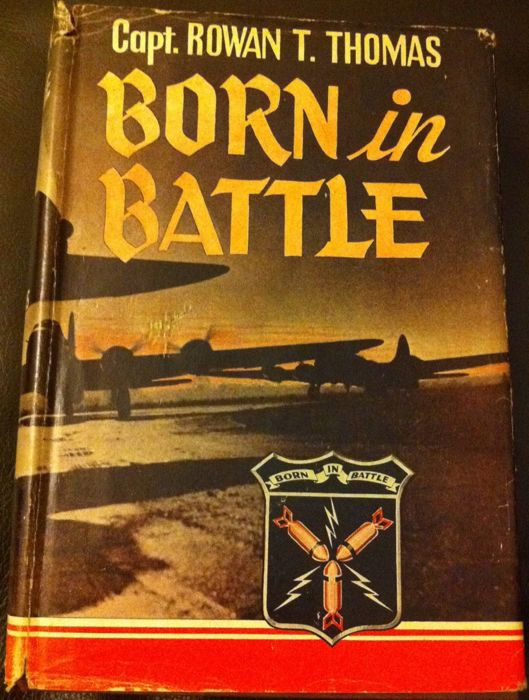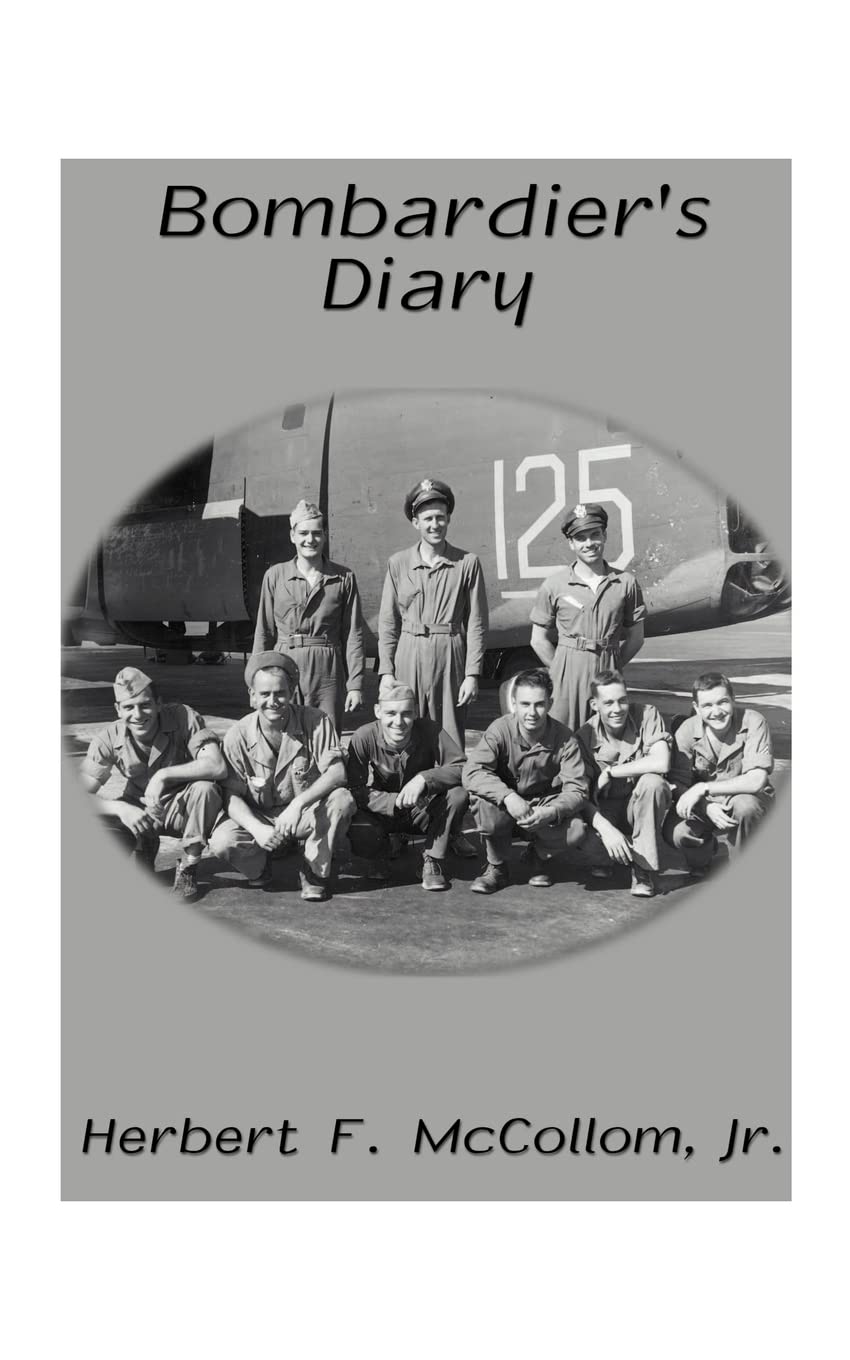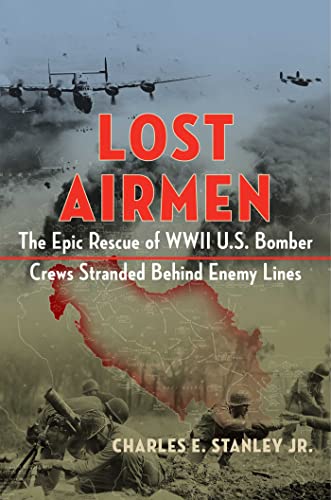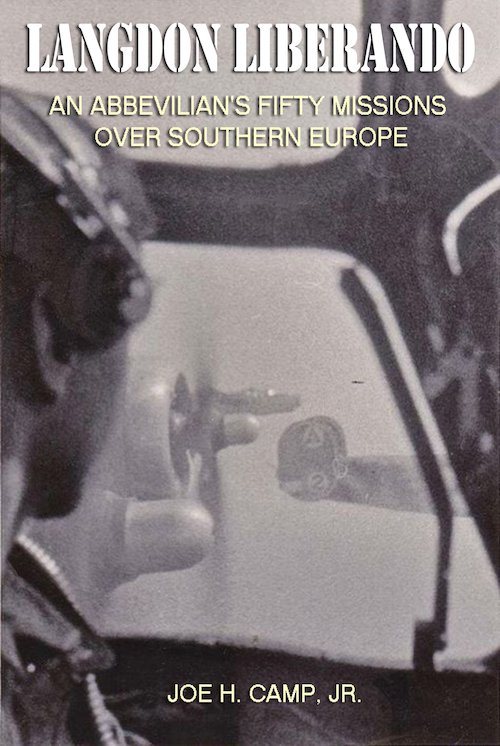Mission 91 on January 11, 1943
Jammed Guns
Another deficiency, which manifested itself frequently on the first mission to Ploesti, was frozen .50 caliber machine guns. The problem of malfunctioning or "frozen" guns was a baffling one, and before it was resolved, it contributed directly in the tragic loss of two 376th B-24s and all but three of the crewmembers aboard. Many other instances of cold-induced inoperative guns occurred with less fatal consequences. 17
During the later months of 1942, it was believed that the frequent gun malfunctions were caused by grit and sand binding the recoil mechanisms. However, in spite of special efforts to thoroughly clean the weapons before each flight, they continued to misfire. Major Sam Nero, an accomplished maintenance problem solver, suspected that the lubricating oil for the guns' sliding breech assembly was congealing in the low temperatures at high altitude. He arranged for a test flight to confirm his theory.
Nero solicited the help of the newly arrived Flight Surgeon Jim Nuttall. In his diary Nuttall wrote: "U.S. Nero was a good friend. The first week I was with the [376th] Group we were trying to get a fire for guns jamming at altitude, and Maj. Nero and 1 were at the waist windows testing different lubricants at maximum altitudes. Maj. Nero's mask froze up and he passed out. We got the ice cleared and made an emergency descent for his revival-no harm, but quite a scramble. He did determine that a light [film of] kerosene was the best lubricant to prevent jamming. Maj. [John] Toomey was our pilot in a stripped down B-24 for maximum altitude [31,000 feet] on this test flight." 18
The severity of the problem with frozen guns was tragically demonstrated on the 376th's January 11, 1943 mission to Naples. This was the fourth mission in a campaign to destroy the central shipping center supplying the Axis forces in North Africa. …….
………..
In the weeks that followed, armament specialists at Abu Sueir, notably Sam Nero and Lt. Ray Hovis, resumed the earlier efforts by Nero and Jim Nuttall to resolve the nagging problem with - frozen guns. Discussions with gunners confirmed - the waist guns were particularly susceptible to freezing. This had to be the result of the direct exposure to the extremely low outside temperatures through the open waist windows. Further, it was suggested the problem originated with the gun charging mechanism. Since the waist guns were charged manually and frequently malfunctioned after firing a single round, it was theorized the freezing temperatures were congealing the oil in the buffer assembly thus preventing the full recoil required for automatic firing. The solution appeared to be the use of a lighter oil with a more stable viscosity. (Figure 2.)
17 The
problem of the B-24's guns freezing at high altitude was compounded by the
environment the 376th operated in. Sand and dust prevailed to greater or lesser
degrees at all of the bases used by the 376th and its founding units.
Meticulous cleaning of the guns and ammunition was required between every
mission.
18 Dr. James Nuttall, Notes on Tour with 376th Bombardment Group, December 1987.
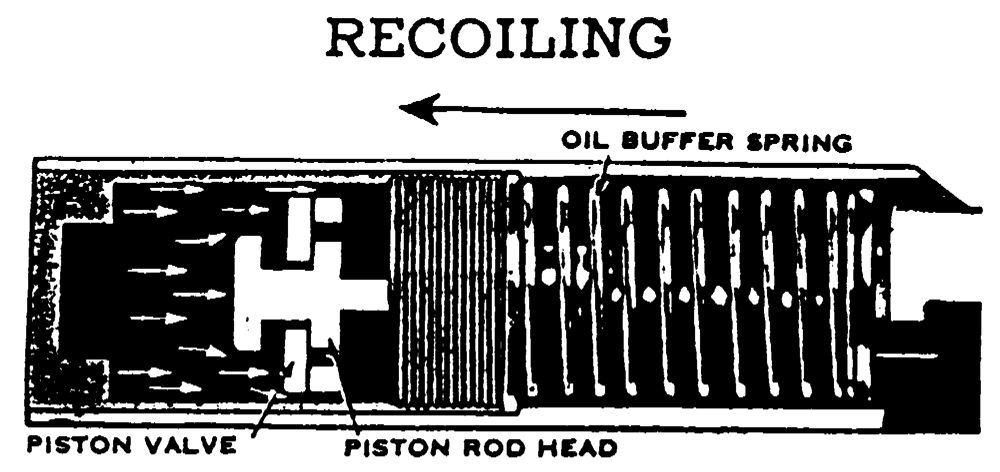
Figure 2 Caliber .50 Oil Buffer Assembly. The congealed oil theory proved correct. Lighter oil solved the problem and "frozen guns" became history.
To further evaluate congealing of the oil in the guns, a test flight was arranged. Norman Appold and Ray Hovis teamed to take a B-24 up to thirty thousand feet to verify the proposed gun modification and confirm manufacturer's data on the performance of the B-24D with a full bomb and gas load. Hovis manned the waist guns and found the guns with a lighter buffer oil fired flawlessly throughout the flight.
During the test flight, Hovis nearly became another victim of the insidious freezing of the bladder-type oxygen mask. His mask gradually froze up after the long period at high altitude, and he passed out. Receiving no answer from Hovis to a routine intercom check, Appold went aft, and using his own mask and artificial respiration, revived Hovis, barely minutes from death.
Encouraged by the promising results of the high altitude gun test, the 376th engineering and armament sections worked round-the-clock to replace the oil in all the gun buffer assemblies. As a supplementary measure, all gunners were given small squeeze-type bottles of kerosene to aid in reducing friction. 20 Also, they were encouraged to me brief bursts periodically, while at bombing altitude to assure operation of their guns.
----------
20 Sam Nero said be spend a day in Cairo canvassing stores for fifty unbreakable bottles to pass out to the 376th gunners.
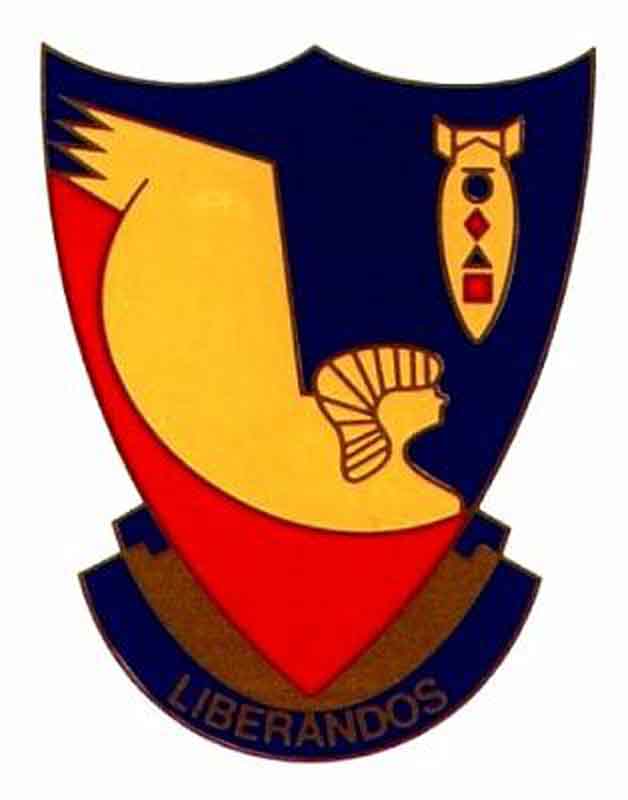
The website 376bg.org is NOT our site nor is it our endowment fund.
At the 2017 reunion, the board approved the donation of our archives to the Briscoe Center for American History, located on the University of Texas - Austin campus.
Also, the board approved a $5,000 donation to add to Ed Clendenin's $20,000 donation in the memory of his father. Together, these funds begin an endowment for the preservation of the 376 archives.
Donate directly to the 376 Endowment
To read about other endowment donation options, click here.
Reunion
NOTE change in the schedule !!
DATES: Sep 25-28, 2025
CITY:Rapid City, SD
HOTEL: Best Western Ramkota Conference Hotel; 2111 North LaCrosse St., Rapid City, SD 57702; 605-343-8500
Click here to read about the reunion details.
